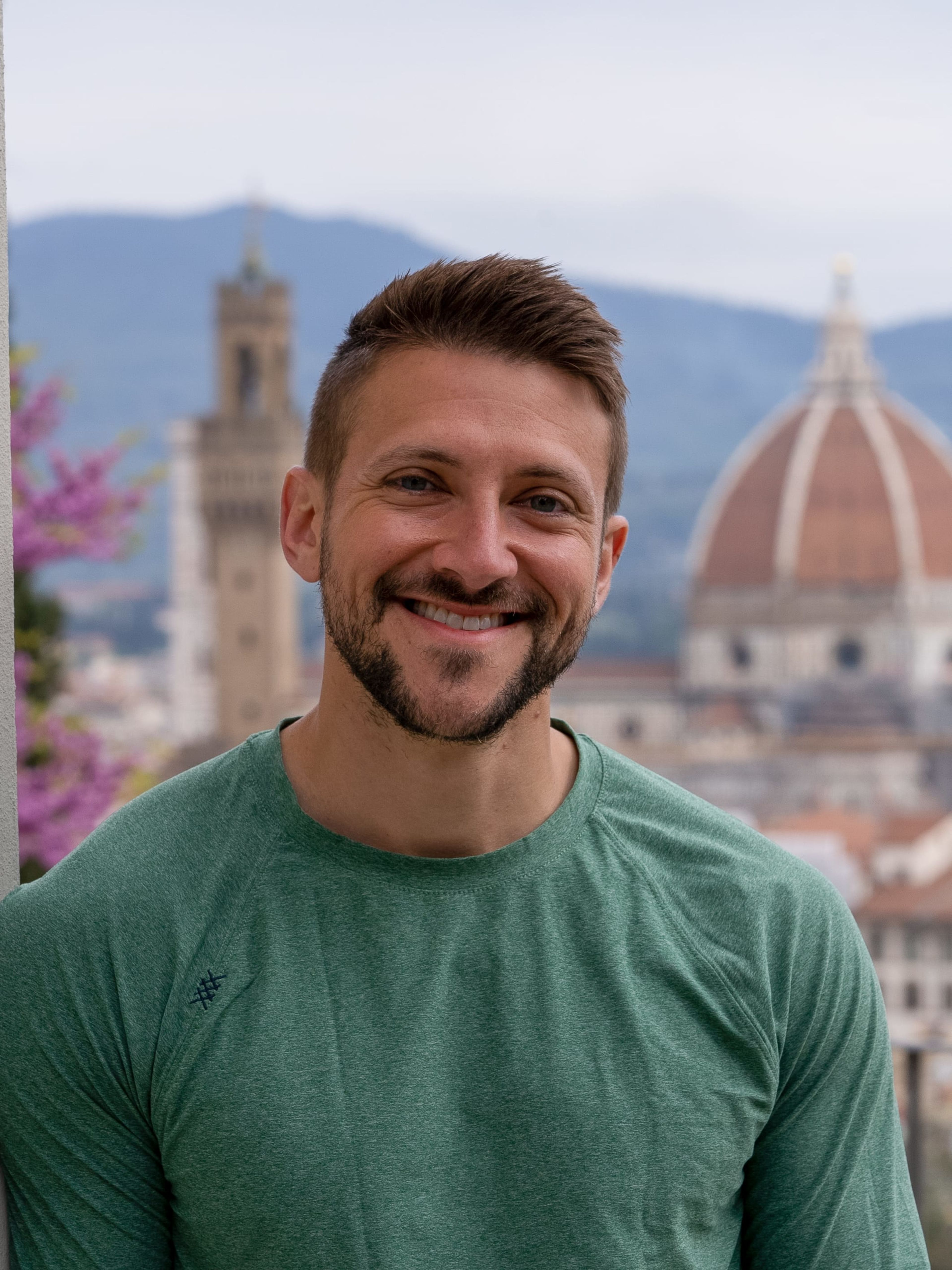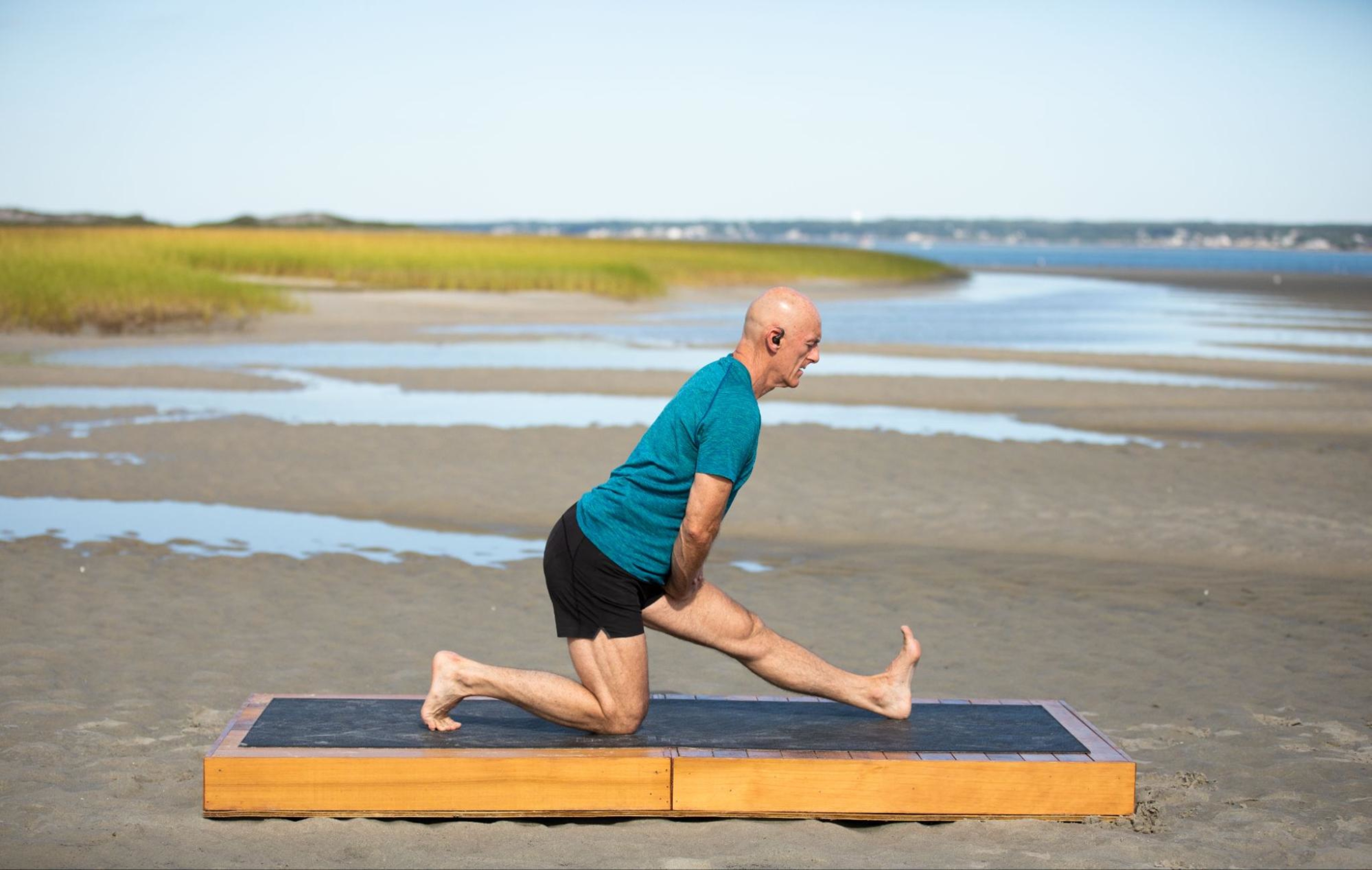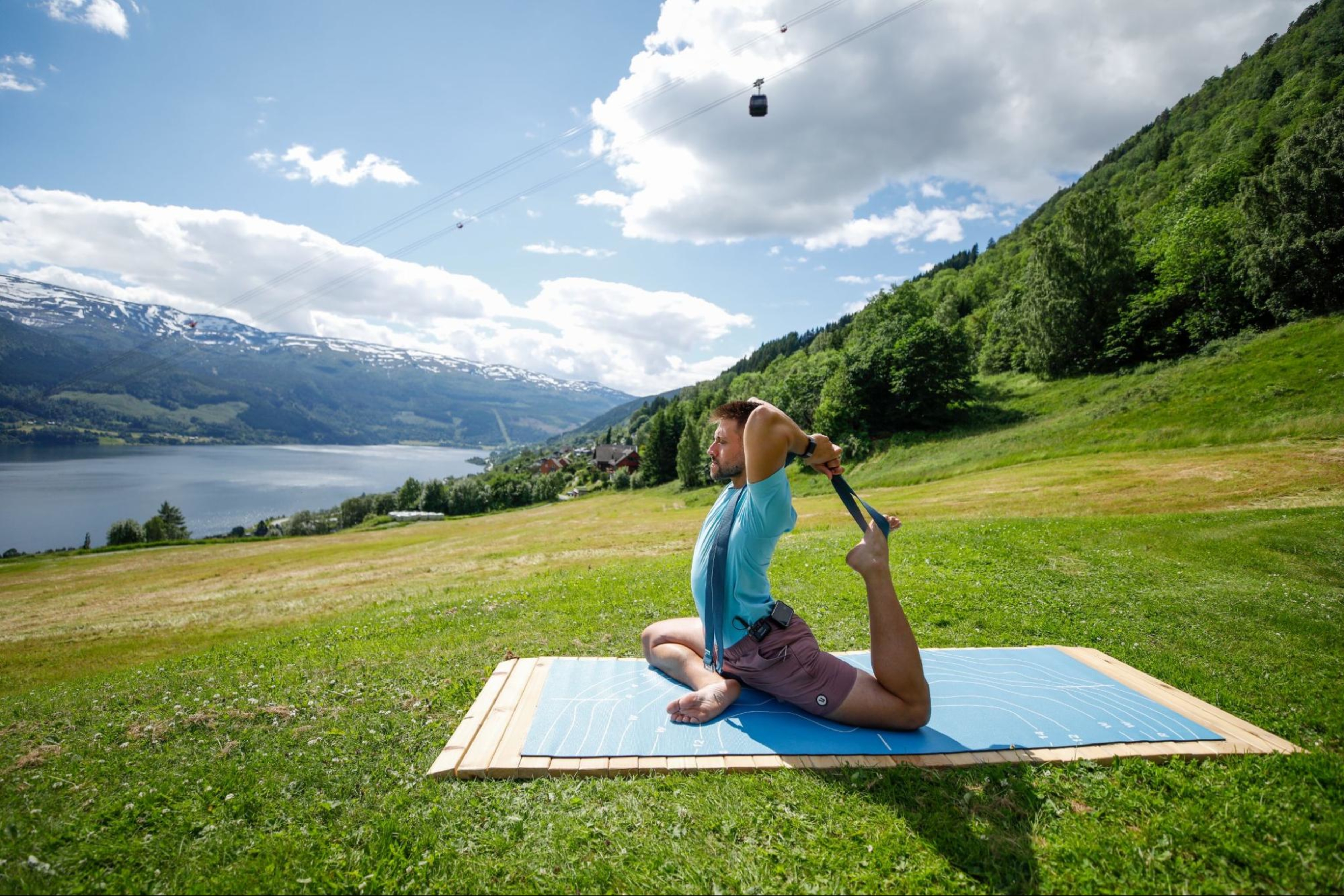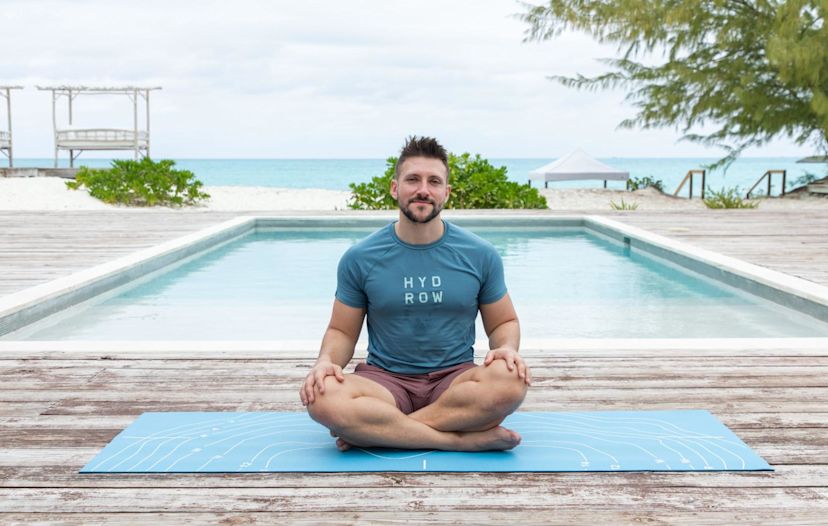What Is Yoga? A Beginner’s Guide to Yoga’s Origins, Class Structure, and Getting Started
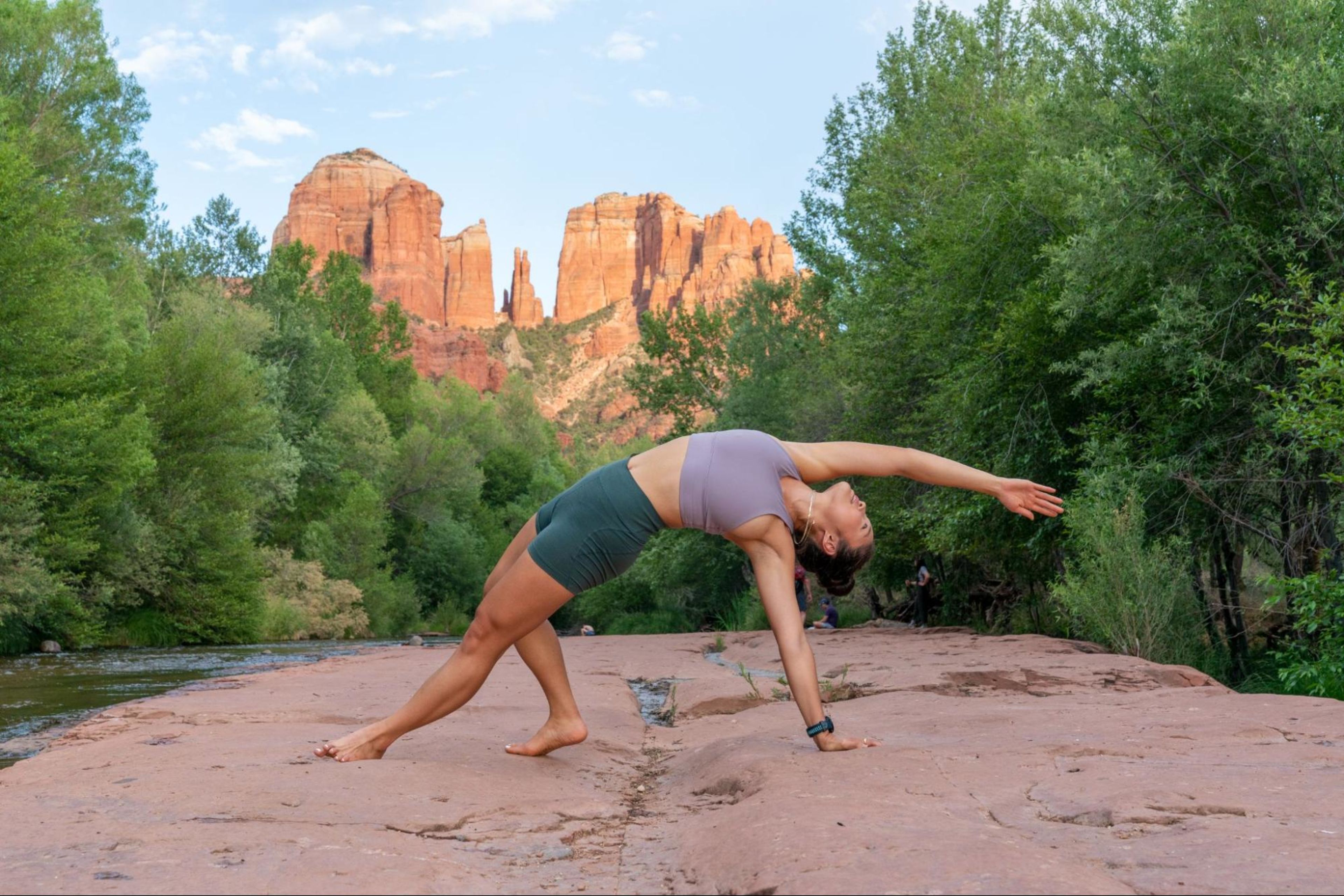
We all know someone who does yoga, and they probably talk about it a lot. If you’re new to yoga, you may be wondering what yoga is and how to go about getting started with your own yoga practice.
Yoga, to be frank, is undeniable. With its roots in ancient India and an increasingly global foothold, the practice of yoga seems to transcend time, space, and culture. Offering a distinct balm to some of the universal ailments of the human condition, yoga has attracted millions of practitioners who devotedly roll out their mats and make peculiar shapes with their body.
In this article, we’ll discuss:
Let’s dig in!
The origins of yoga
The origins of yoga can be traced back to early forms of meditation and ritualistic practices in the Indus Valley civilizations of modern-day India and Pakistan, which existed from 3300–1300 BCE. The development of the yoga practice as we know it today began with the sage Patanjali, believed to have lived around 200 BCE and credited with compiling the Yoga Sutras. The Sutras outline the philosophy and specific practices of yoga, including not just physical postures, but also breath control and meditation as key components.
Yoga also has deep ties to Indian religious traditions such as Hinduism, Buddhism and Jainism. Over time, yoga evolved and diversified throughout India’s history, giving rise to different schools and approaches.
One approach, called “Hatha Yoga,” emerged in the ninth century and focused on physical postures and breathing techniques to prepare the body for meditation and spiritual growth. Hatha Yoga is a critical foundation upon which more modern styles of yoga were built.
The rise of modern yoga
In the 20th century, yoga gained popularity around the world thanks to various influential teachers like Swami Vivekananda and Paramahansa Yogananda, who brought the practice to the West. Hollywood celebrities were introduced to yoga through Indra Devi, while B.K.S. Iyengar developed his own style of yoga using props like the straps and blocks that are ubiquitous today. Pattabhi Jois popularized Ashtanga Yoga, a flowing and intensely physical style emphasizing breath to movement.
These teachers and many more set the stage for modern styles of yoga that would catch on as a more mainstream wellness practice across the world:
Vinyasa Yoga: Sometimes called “Vinyasa Flow” or simply “Flow,” this style is informed by Ashtanga and characterized by fluid and creative sequencing of poses. There is a real emphasis on linking breath to movement in a vigorous way that prepares the body for deep rest.
Restorative Yoga: This is a slow-moving style where relaxing postures are held for longer periods of time. Props like blocks, blankets, and bolsters are used to support the body in passive poses. There is a focus on breath and relaxation.
Yin Yoga: This type of yoga is similar to restorative yoga in that passive poses are held for long periods of time (typically three to five minutes), but different in its intent to provide a deep stretch and to target connective tissue.
Bikram Yoga: This is a series of 26 poses combined with breath techniques, performed in a heated room. It is important to note that not all heated yoga is Bikram-style. Increasingly, heated yoga is just Vinyasa or Flow style offered in a heated setting.
These are just some of the many modern styles of yoga. There remain the traditional styles like Ashtanga and Iyengar, but you can also find prenatal yoga, acro-yoga, aerial yoga, and everything in between. There are schools of yoga that focus on chanting, and others on breathwork. Overall, modern styles have been adapted to meet an endless diversity of preferences and goals.
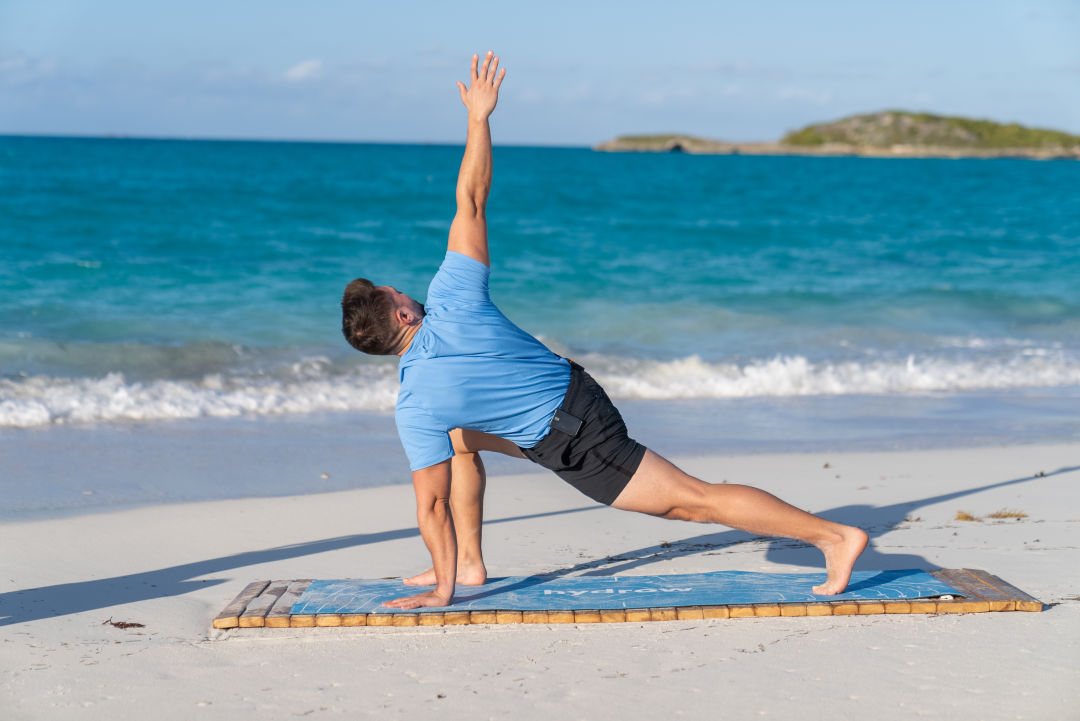
Explore Hydrow’s library of yoga workouts from around the world.
The journey of yoga from India to the West is a story of cultural exchange, adaptation, and evolution. While yoga remains rooted in its spiritual and philosophical origins, it has transformed into a versatile practice that promotes physical health, mental well-being, and even spiritual growth for people of all backgrounds.
What happens in a yoga class?
So, you’ve got your yoga mat, you’ve put on your stretchiest pants, and now you’re ready to do some yoga. Let’s talk about what you can expect in a yoga class.
Setting up for your yoga class
The most common type of yoga class is probably a Vinyasa or Flow style. When you walk in the room, orient your mat towards the front of the space — the teacher will often set up a mat there to teach from.
If you’re new to yoga, it’s always worthwhile to introduce yourself to the teacher and say so. An experienced yoga teacher is usually capable of offering modifications and instructions that are more accessible for newer yogis.
Your guide to yoga props
There are three types of props that nearly every yoga studio has: yoga blocks, straps, and blankets. Sometimes the teacher will explicitly instruct you to grab some combination of these, typically two yoga blocks, and one strap and blanket each. These props are typically used to make postures more accessible or supportive. A good teacher will tell you exactly how to use them when the time comes.
Do you do yoga barefoot?
You will be asked to leave your shoes outside of the studio — but what about your socks? While it’s not wrong to leave your socks on, if you feel comfortable taking them off, you will reap a few benefits from being barefoot:
It’s easier to grip the mat with bare feet. Socks tend to slide, and you may find yourself fighting for stability in poses.
Some yoga poses involve hooking your fingers around your toes.
Yoga can be a great way to “wake up” the muscles of the foot, developing your ability to stabilize and articulate the toes.
Simply put, go barefoot if you feel comfortable doing so!
What is the structure of a yoga class?
A typical Flow class is between 45 and 90 minutes. The structure is determined by the teacher, leaving lots of room for creativity, but in general, a yoga class follows a certain structure:
Warming up
After a grounding or meditative moment, there is a warm-up period that may emphasize movements through the spine or open specific areas like the wrists or shoulders.
Towards the beginning of class, poses or actions are introduced that will be revisited later on. For example, the teacher might instruct a gentle twist in the beginning to prepare students for deeper twists later on. Twists are also a great way to warm up for backbends, so in a well-sequenced yoga class, we see that every shape can inform and prepare students for more challenging postures as the class progresses.
Flow
After a warm-up, there typically follows some sort of “flow” — that is, a series of postures strung together, often tied to breath, that is repeated on both sides. For example, a Sun Salutation B will involve stepping the right foot forward from Downward Dog to Warrior One, followed by a Chaturanga and Upward-Facing Dog, before resetting in Downward Dog for Warrior One on the second side (left foot forward). It can feel a bit like choreography.
Within a flow, there can be all types of different postures. Overall, yoga postures fall into these general categories:
Backbends
Forward folds
Side body
Balance
Twists
Inversions
A well-rounded yoga class might feature a bit of all of these, but sometimes a class has a specific theme based on an action, an idea, or a peak pose.
Cooling down
The segue from flow to cool-down is highly variable — a teacher might spend time workshopping a particular pose that students are well warmed up for, or devote time to deeper backbends.
The cool-down is all about countering the work from the flow portion, slowing down the breath, and calming the body in preparation for rest. Typical poses in a cool-down include:
Hip-openers
Forward folds
Supported backbends
Gentle inversions
Twists
Savasana
The most important part of a yoga class is reserved for the very end: savasana, the final resting pose. This is where students set themselves up in a comfortable shape — traditionally, lying on their back with their arms and legs relaxed — and simply resting.
That means releasing all physical effort, all effort involved with maintaining the breath, and even the effort of focusing the mind. For some people, this is the most difficult part. If you have not spent much time in the quiet company of your own thoughts, it can be unnerving. As uncomfortable as it may be at first, savasana is so valuable.
In some ways, the whole point of a yoga class is to prepare you for these five to 10 minutes of rest. The challenging poses, the constant refocusing of attention, and the deliberate period of winding down are all meant to prepare the body and mind to relax. Afterwards, the teacher will gently bring students out of rest and back into the waking world.
How to start practicing yoga
Some people may be a bit intimidated by a public yoga class. Although yoga emphasizes non-judgement, it’s natural for a beginner to compare themselves to others who are more experienced. There is so much to learn, and different aspects of yoga might be more challenging — one person could struggle with balancing poses while another might need to work up strength in their wrists to bear weight on them.
Related blog: Can You Do Yoga Every Day?
If you’re nervous about attending a public yoga class, it might be a good idea to try some virtual yoga first. Classes on a platform like Hydrow can be a great way to gain familiarity with some of the poses and language. Knowing your Warrior Ones from your Warrior Twos can give you more confidence in a public setting.
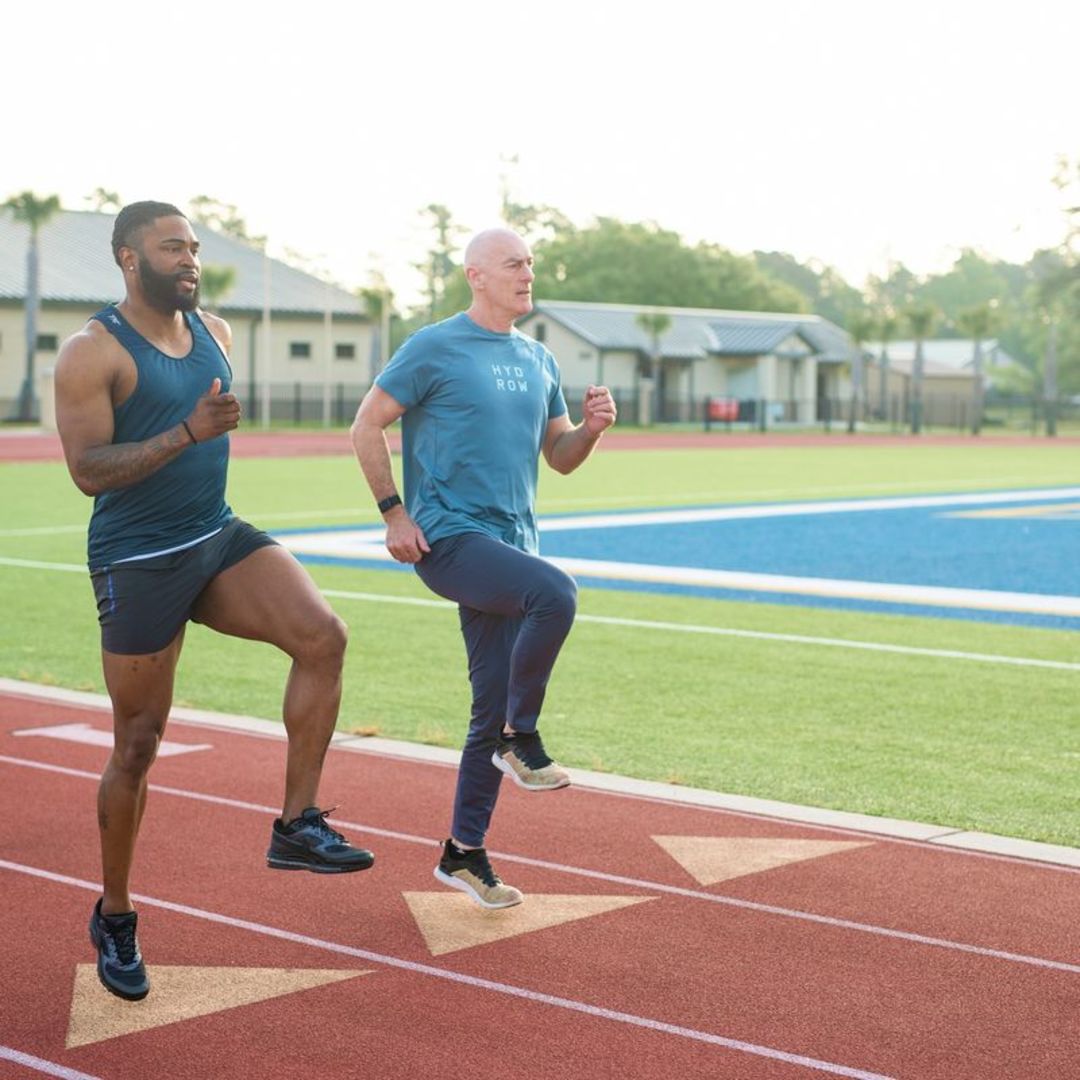
What’s your fitness style?
Take our quiz and receive a customized 14-day training program.
One of the best things about yoga is that it can be performed anywhere, anytime, with just your body (and maybe a mat). Attending yoga classes can help you make progress and give you personalized feedback about whether you’re doing the poses correctly. However, one of the ultimate goals of yoga is to empower students to develop their own personal practice that they can do on their own. Many yogis eventually find a balance between practicing on their own as well as learning from a teacher.
The important thing to remember is not to get frustrated as you make progress on your yoga journey. It really doesn’t matter so much what your postures look like, or what you can or cannot do. The only thing that matters is that you show up. If you are on your mat, watching your breath move through your body, you are doing yoga.
What is yoga? Final thoughts
The study of yoga is a scholarly exercise in both history and philosophy, as well as a deeply personal journey for those who practice it. Although yoga originated in India as a spiritual practice, its adoption by other cultures has in some ways transformed it into the more modern, fitness-focused form we often associate it with today.
Yoga teachers must therefore grapple with how to present yoga as a workout while also preserving the spiritual, traditional aspects that make the practice more than a workout. The point of yoga is less about making the correct shapes, and more about being present in your body as a way to liberate your mind.
If you’re interested in incorporating yoga into your fitness routine, be sure to check out Hydrow’s library of yoga workouts in our app. All of our workouts are led by world-class Athletes and filmed in stunning locales around the world.
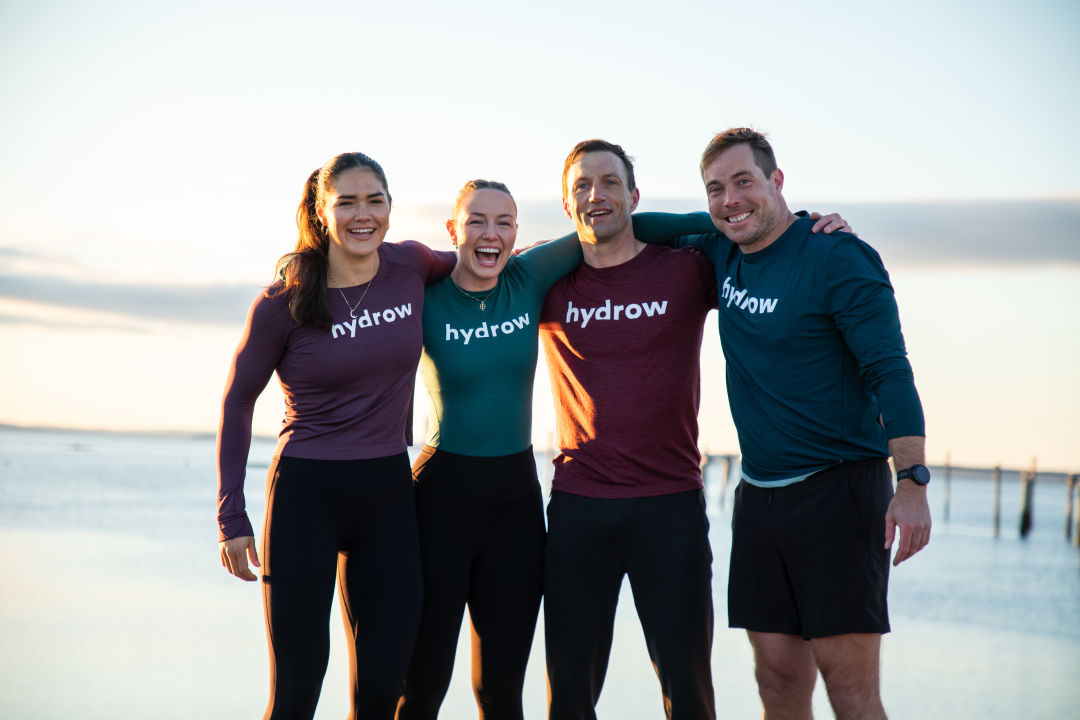
Explore Hydrow's library of 5,000+ rowing, circuit training, yoga, Pilates, and mobility workouts.
